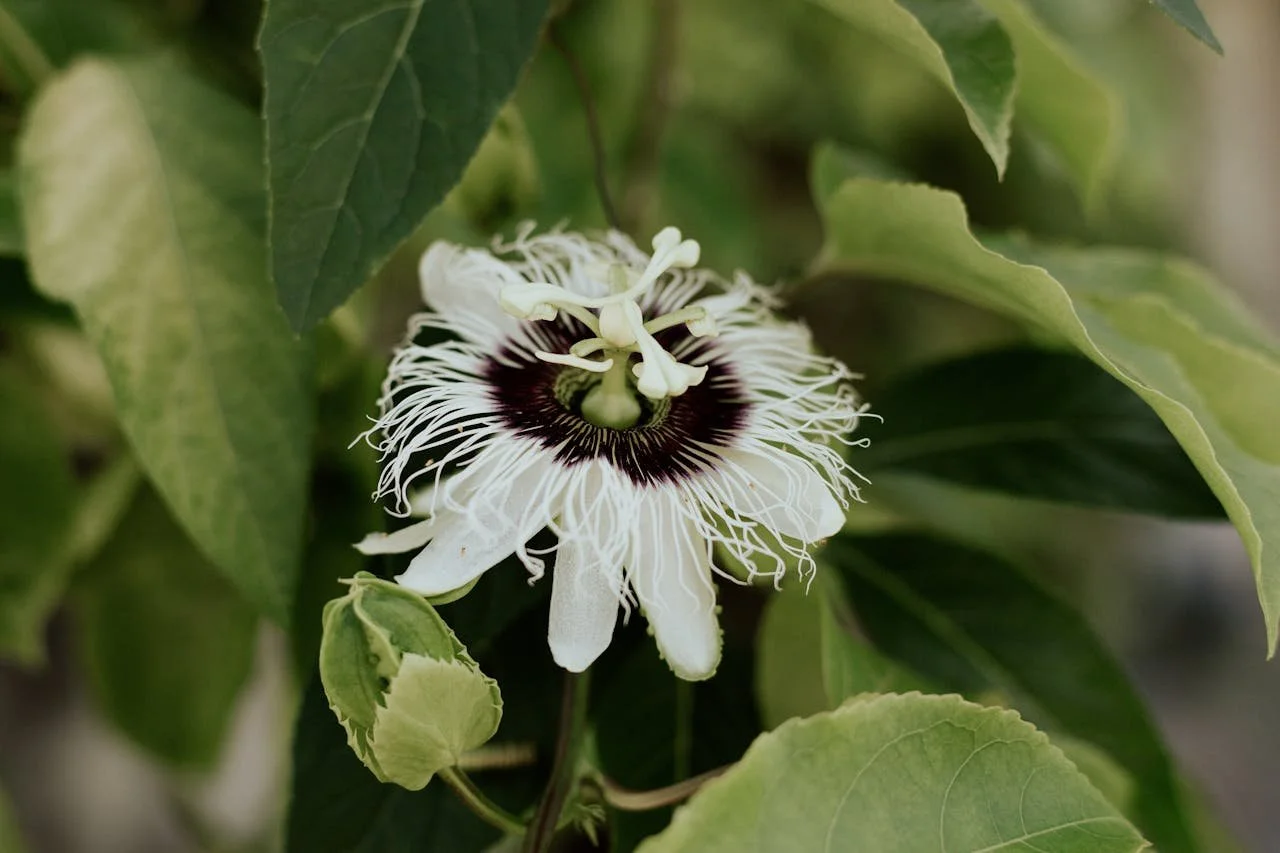A Complete Guide to Edible Landscaping in Florida
Commercial agriculture and curb appeal haven’t always gone hand-in-hand, but could it be possible to grow your own food while maintaining an aesthetically pleasing yard? By following a few important design principles, edible landscaping can allow you to harvest a bounty without making an enemy of your HOA board. Join us for a complete guide to edible landscaping to get you started!
What is edible landscaping?
Edible landscaping is the practice of growing food-producing plants alongside or instead of traditional ornamentals. Here’s an overview of the basics:
Why would you use edible landscaping?
An edible landscape is the ultimate merger of form and function. You get the natural beauty of green leaves, bushes, and shrubs, with the added bonus of home-grown nutrients. It’s an eco-friendly way to maximize space, minimize your grocery bill, and support your local ecosystem.
What are the benefits of edible landscaping?
There are plenty of benefits to edible landscaping, including:
Fresh food at your fingertips
Improved biodiversity
Lower grocery costs
Less lawn maintenance
Water efficiency
Health benefits
Can you do edible landscaping in Florida?
Florida’s subtropical climate makes it the perfect location for edible landscaping. With a little planning, it’s possible to reap a delectable harvest in every season here. Take time to study your property’s microclimates, seasonal shifts, and pest populations before diving in.
Related: What Is Permaculture and How Does It Work in Landscaping?
How to incorporate edible landscaping in your garden
Ready to implement edible landscaping into your yard? Here’s a step-by-step guide to the process:
1. Plan out your space
Assess your yard to determine which areas get the most morning and afternoon sunlight, have easy access to water or irrigation, and have soil with decent drainage. You can always incorporate more compost and organic matter into poor soil, but areas that retain lots of water may spell disaster for your garden. You may find that a mix of in-ground plots and raised bed gardens meets your needs.
2. Choose your edible plants
Next, think about the fruit and vegetable crops you enjoy eating, and which ones may be well-suited to your hardiness zone. You can opt for annuals and perennials, just be sure to plan long-term. Choose hardy fruit trees that can create valuable shade, low-growing ground cover, and nitrogen-fixers that will give back to the soil.
3. Mix edibles and ornamental plants
Flexibility is one benefit of edible landscaping. This approach to gardening is all about balance. Select flowering plants that attract beneficial insects, foliage that serves as a host plant for pollinators, and colorful perennial plants that anchor the landscape.
4. Practice companion planting
As you craft your edible landscaping design, remember that certain plants can benefit one another. The classic Three Sisters medley (corn, beans, and squash) is just one example. Plant marigolds next to your veggies for natural pest management, pair basil with tomatoes for improved flavor, and place legumes next to heavy feeders to improve soil nutrients.
5. Maintain your edible landscaping
Your edible landscape isn’t a static system. It’s a living, breathing organism that will evolve over time. In addition to watering and weeding, perform annual soil tests to monitor your pH levels. Observe what works and what doesn’t from one season to the next, and take notes along the way so you can adjust various elements accordingly.
Related reading: Tips for Designing the Perfect Permaculture Garden in Florida
Edible landscaping plants to grow in your garden
Native plants are ideal for edible landscaping in Florida, but you may prefer a mix of natives and exotic varieties. All plants marked with * are considered native to the state:
Fruits
Many fruit trees are slow growers that will bear fruit for years to come. Consider including the following edible landscaping plants in your yard:
Meyer lemon
Figs
Mulberry
Dwarf pomegranate
Banana
Papaya
Pineapple
Passionfruit
American beautyberry*
Pawpaw*
Wild persimmon*
Blueberry*
Muscadine grape*
Elderberry*
Vegetables
Vegetable varieties range from heat-lovers to cool-season crops, so the right selections will ensure a year-round harvest.
Swiss chard, kale, collards, mustard greens
Carrots, radishes, beets, sweet potatoes
Broccoli and cauliflower
Okra
Peppers
Yardlong beans
Smilax*
Groundnut*
Cattail*
Herbs
Low-maintenance herbs can serve as ground cover, edging, or inconspicuous additions to flower pots.
Rosemary
Basil
Thyme
Lemongrass
Cuban oregano
Chives
Mint
Spicebush*
Yaupon holly*
Edible flowers
Your bounty extends beyond the fruits and roots of your garden. Select colorful flowers that require pollination to support a healthy insect population.
Nasturtium
Calendula
Marigold (Tagetes tenuifolia)
Borage
Violas and pansies
Coreopsis*
Elderberry*
Passionflower*
Spiderwort*
Related: Guide to Native Florida Plants for Landscaping
Keep your landscape lush and healthy all season long with the pros at Soil & Bloom!
Edible landscaping can be a healthy and productive outlet for the average Florida gardener. If you’ve thought about growing your own food, edible landscaping might be the perfect solution. At Soil & Bloom, we can help you design, install, and maintain the ultimate edible garden. Get started today with a free estimate.



